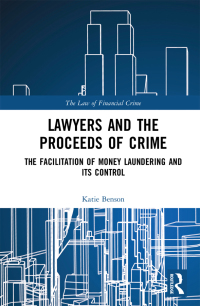Question
Assume that a parent owns 60% of a sub, and has control. Under GAAP, the consolidation includes 100% of the subsidiarys assets, liabilities, revenues, and
- Assume that a parent owns 60% of a sub, and has control. Under GAAP, the consolidation includes 100% of the subsidiarys assets, liabilities, revenues, and expenses in the consolidated financial statements, and shows some noncontrolling interest in equity. An alternative way of accounting for this, which is NOT GAAP, and which the FASB rejected, would have been proportional consolidation, and to include in consolidation only the 60% of the subs assets, liabilities, revenues, and expenses in the financial statements which are owned by the parent companys shareholders. Can you see any advantages, or disadvantages, to the method the FASB accepted, compared to proportional consolidation? (5 points)
2. In a step acquisition, the acquirer gains control in various stages. Assume a buyer bought 5% of a targets stock in January, for 50, and then bought another 85% for 952, and assumed control, in December. Lets assume the fair value of the 5% acquired in January had risen to 56 at the control date. So, the acquirer actually spent cash of 50+952=1,002 to buy 90% of the stock. Under GAAP, the acquirer first recognizes a gain on its 5% holding of 56-50 =6, and computes the total consideration on the deal as 56+952=1,008. It is the 1,008 that is used to compute goodwill. In your own words, do you think the GAAP treatment of including the $6 gain as part of the consideration makes sense? Why or why not? (5 points
Step by Step Solution
There are 3 Steps involved in it
Step: 1

Get Instant Access to Expert-Tailored Solutions
See step-by-step solutions with expert insights and AI powered tools for academic success
Step: 2

Step: 3

Ace Your Homework with AI
Get the answers you need in no time with our AI-driven, step-by-step assistance
Get Started


